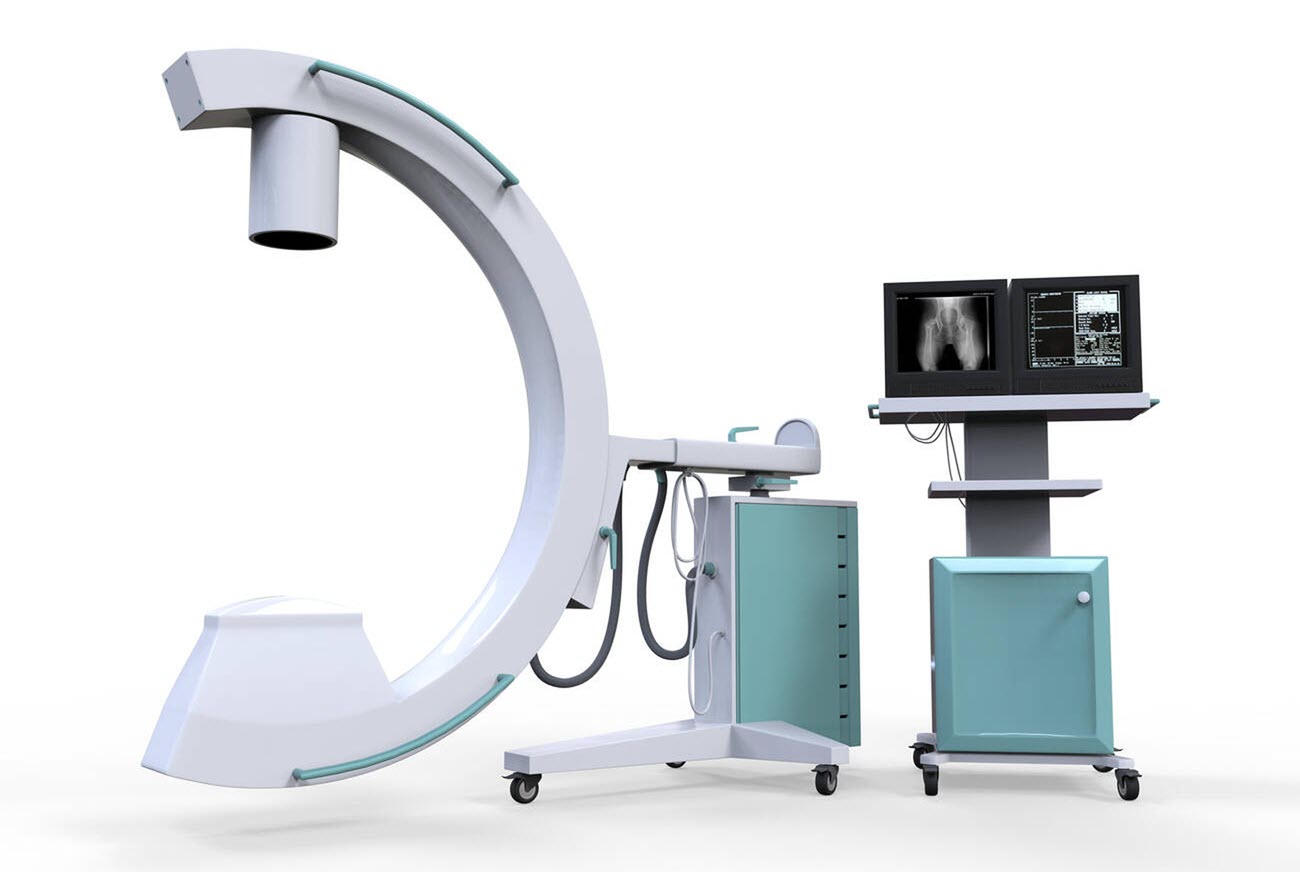What is neuroplasty?
Neuroplasty is a nonsurgical treatment that uses tiny catheters (thin tubes) as small as 1 mm in diameter to inject special medications into the holes between the vertebrae to treat herniated discs, neck discs, and stenosis.
The biggest advantage is that it has fewer scars and side effects and is more stable, allowing for repeat treatments.
Neuroplasty, especially in the neck area, is a difficult procedure and is only performed in a few hospitals in Korea. It is a safe procedure that can be applied to people with high blood pressure, diabetes, and heart disease.

Procedure of Neuroplasty
Neuroplasty addresses the problem of adhesive discs and nerve inflammation preventing medication from reaching the lesion and flowing out, by inserting a catheter as thin as 1 to 2 millimeters through the tailbone and administering medication to break up adhesions and reduce inflammation while monitoring the treatment area in real time with C-Arm imaging device. About 90% of disc patients can expect to see improvement with this procedure.

Benefits of Neuroplasty
- 1
Short healing time for a quick return to normal activities
- 2
Patients with high blood pressure, diabetes, osteoporosis, or who are elderly are also eligible for the procedure.
- 3
It's safe because you're viewing live X-ray images.
- 4
Short inpatient stays of one or two nights are possible.
Neuroplasty is for people like this
- 1
People who have a degenerative condition of the spine
- 2
People with pain following traumatic nerve injury
- 3
People who have a herniated disk in your back or neck
- 4
People who Have chronic back or neck pain
- 5
People who have recurrent pain after surgery
- 6
People with back or neck stenosis
Cautions of Neuroplasty
- 1
In rare cases, inflammation and more can occur.
- 2
Bathing after the procedure is possible after a week.
- 3
Avoid positions that put strain on your back.
- 4You should come in if you experience swelling or fever at the site of the procedure.
- 5
You should not apply compresses or physical therapy to the treated area.
- 6
After your procedure, you may experience temporary weakness in your legs when you walk.
- 7
If you do not improve after the procedure, you may need underlying medical treatment.
X-ray imaging device: C-Arm
C-Arm is a mobile X-ray imaging device used in operating rooms and emergency rooms for accurate diagnosis. It is a surgical imaging diagnostic device that transmits X-rays to the procedure site and provides various information such as the condition of the skeleton and nerves, the presence, size, and location of lesions in real time.
The C-Arm, a high-quality digital imaging device, leads to accurate diagnosis and faster procedures.


Photos of neuroplasty captured using C-Arm










